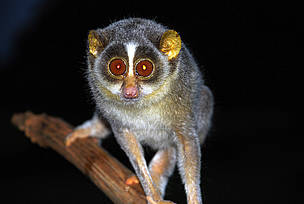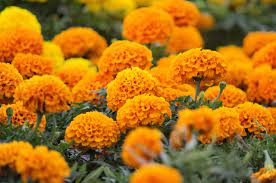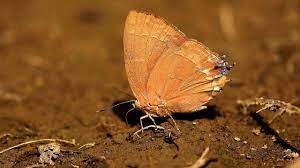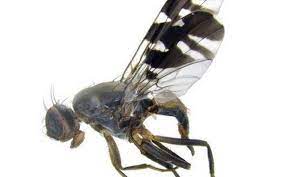Crocodile UPSC | World Crocodile Day 20 June | Why In The News ?
World Crocodile Day is celebrated on 17th June. The day is a global awareness campaign to highlight the plight of endangered crocodiles and alligators around the world.
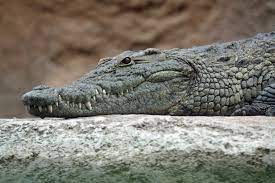
Crocodilian Species in India :
- Mugger or Marsh Crocodile
- Estuarine or Saltwater Crocodile
- Gharial
Mugger or Marsh Crocodile
Description:
- The mugger is an egg-laying and hole-nesting species.
- The mugger is also known to be dangerous.
Habitat:
- It is mainly restricted to the Indian subcontinent where it may be found in a number of freshwater habitat types including rivers, lakes and marshes.
- However, it can even be found in coastal saltwater lagoons and estuaries.
- It is already extinct in Bhutan and Myanmar.
Threats:
- Habitat destruction, fragmentation, and transformation, fishing activities and use of crocodiles parts for medicinal purposes.
Read Also – Indian Vultures | UPSC |
Protection Status:
|
Estuarine or Saltwater Crocodile
About Saltwater Crocodile
- It is considered as the Earth’s largest living crocodile species.
- The estuarine crocodile is infamous globally as a known maneater.
- It is found in Odisha’s Bhitarkanika National Park, the Sundarbans in West Bengal and the Andamans and Nicobar Islands.
- It is also found across Southeast Asia and northern Australia.
Protection Status:
|
Gharial
- Gharials, sometimes called gavials
- distinguished by their long, thin snouts which resemble a pot.
- Gharials are a type of Crocodilians that also includes crocodiles, alligators, caimans, etc.
- The population of Gharials is a good indicator of clean river water.
- The gharial is known to be a relatively harmless, fish-eating species.
- The gharials are mostly found in fresh waters of the himalayan rivers.
- The chambal river in the northern slopes of the Vindhya mountains ( Madhya Pradesh) is known as the primary habitat of gharials.
- Other himalayan rivers like ghagra, gandak river, Girwa river, Ramganga river and the Sone river are secondary habitats for gharials.
Protection Status:
|

